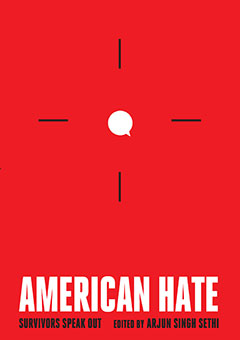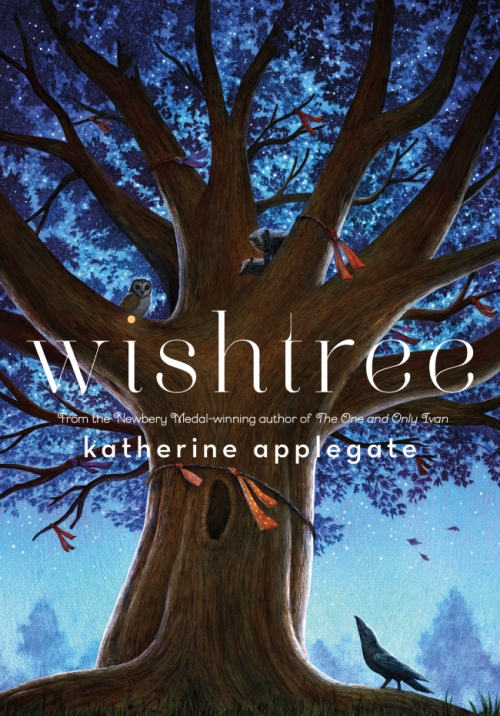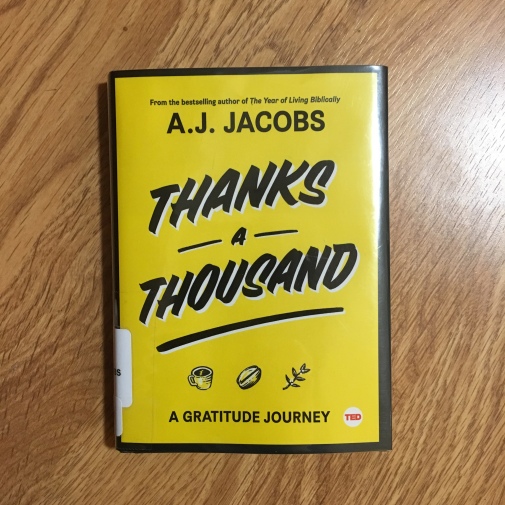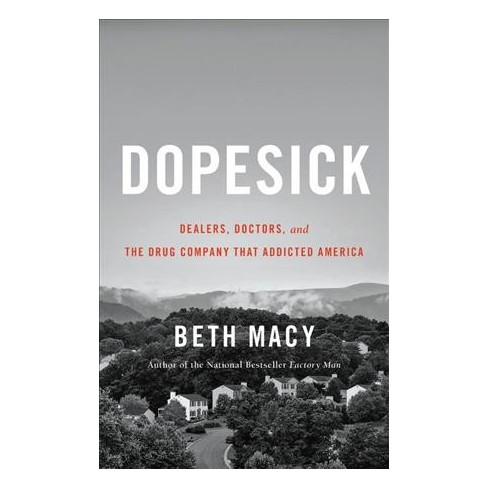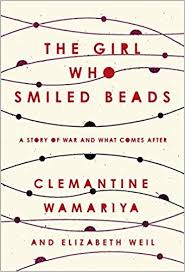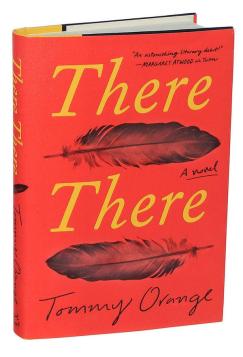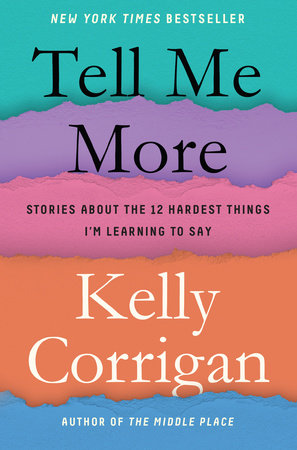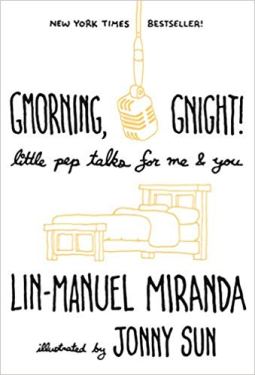
Originally published in: 2018
What’s it about: 100 bits of encouragement from Lin-Manuel Miranda in the form of pairs of morning and evening tweets with illustrations by Jonny Sun.
What made me pick it up: A better question is what took me so long to pick it up?
My favorite things: I love that you can flip to any page in this book and find something inspiring to lift your mood and affirm your self-confidence.
Who it’s great for: Fans of Lin-Manuel Miranda and/or Jonny Sun. Anyone in need of a little pick-me-up.
Abby’s rating: ![]()
Find this in your local library or on Amazon (affiliate link).

